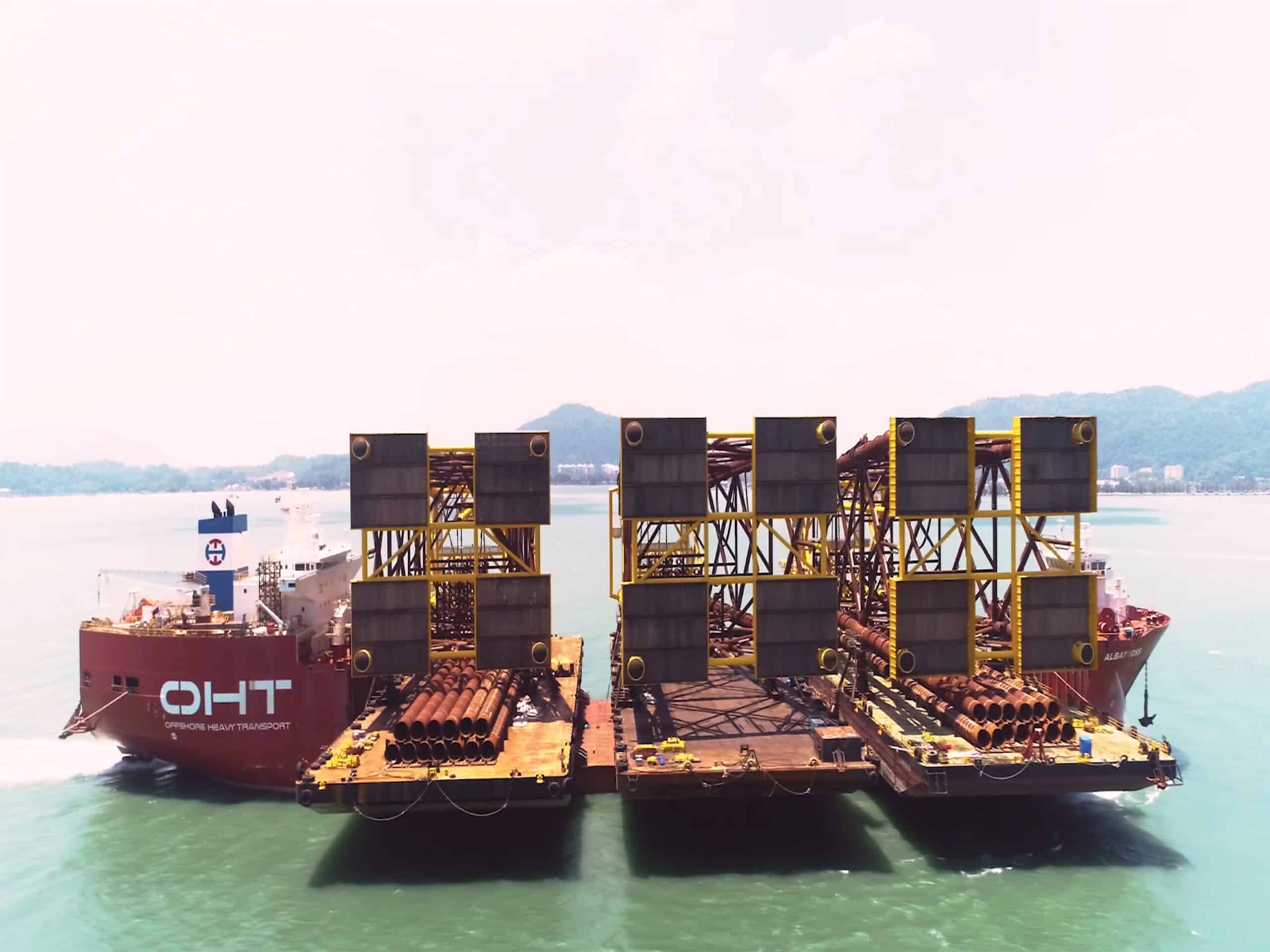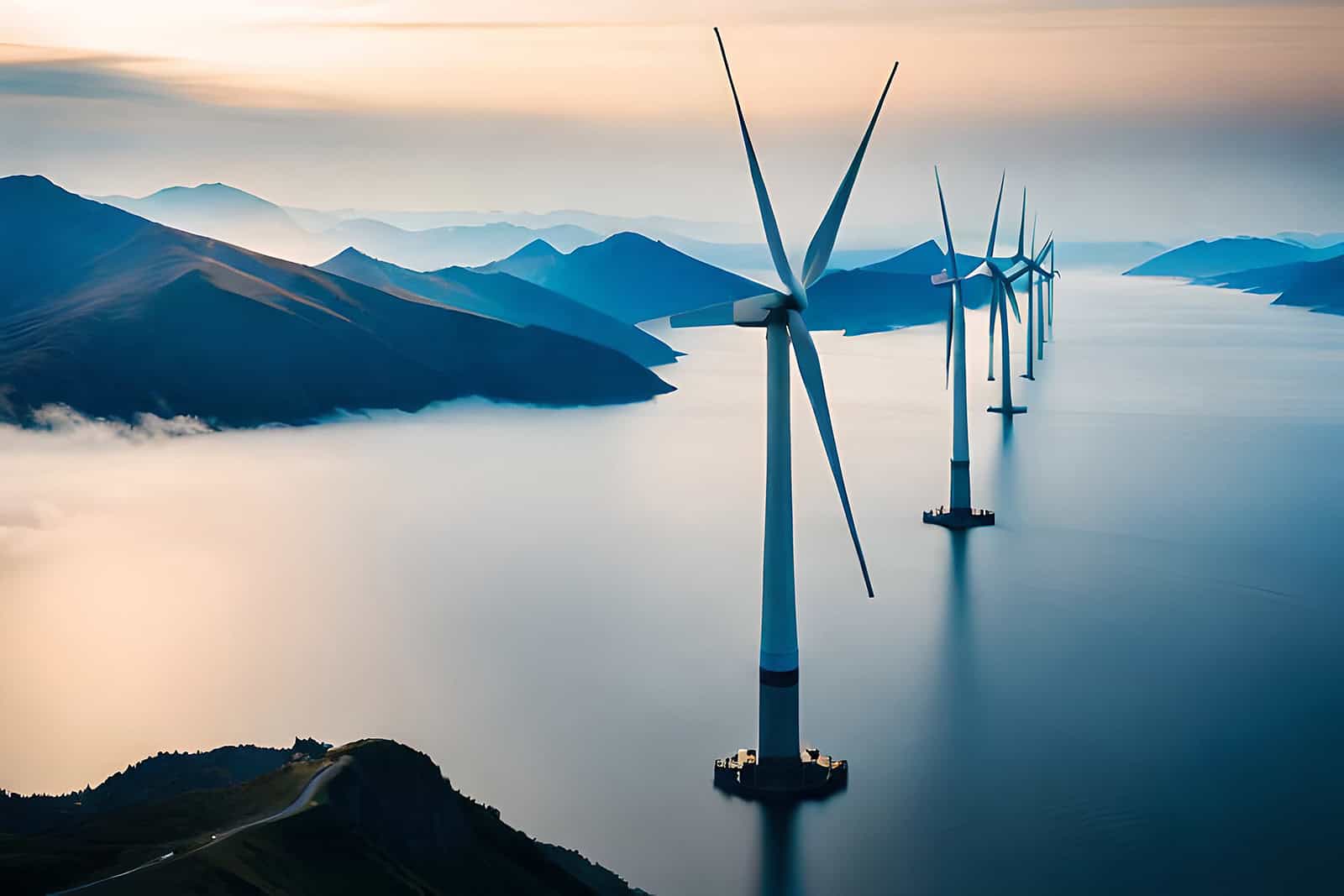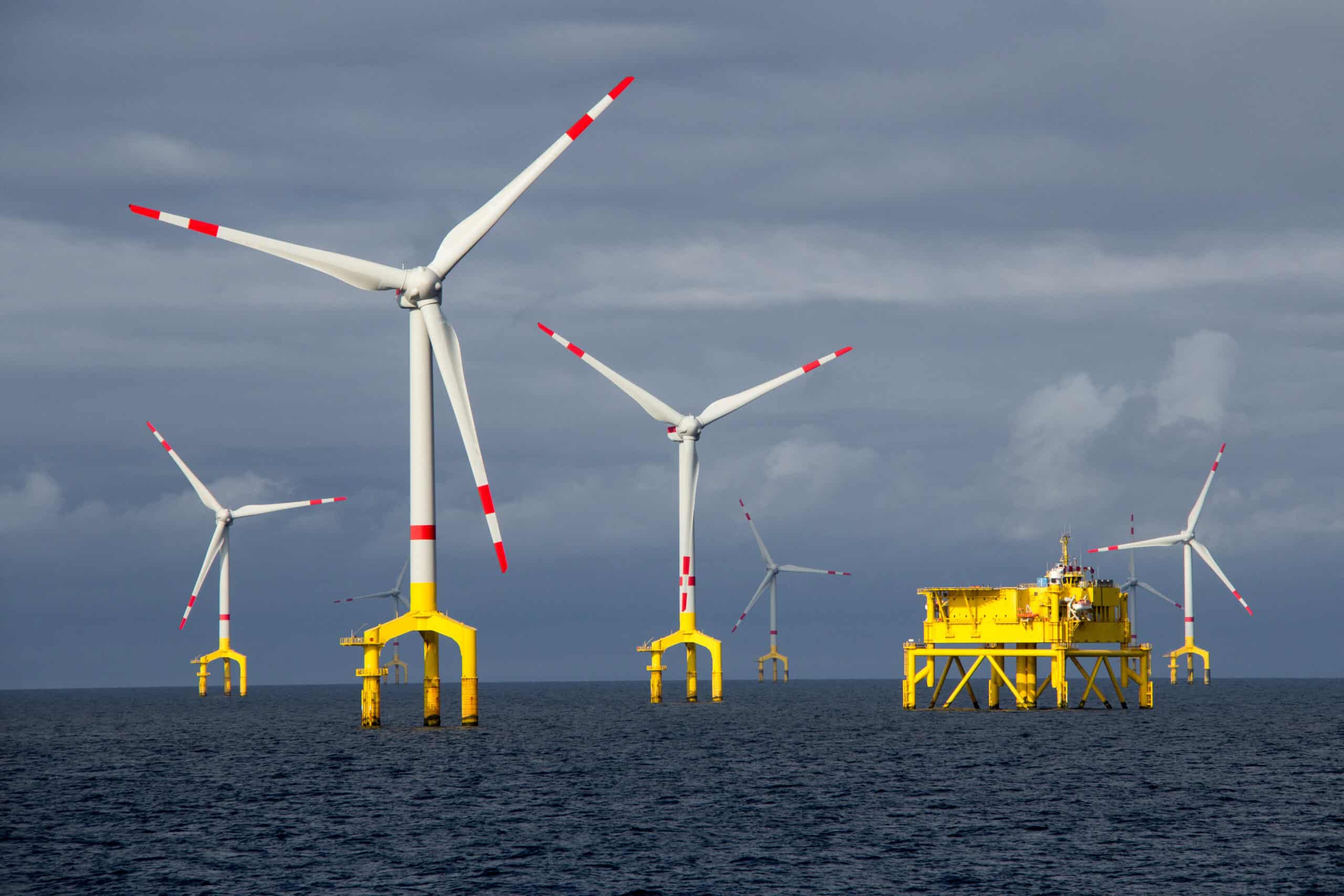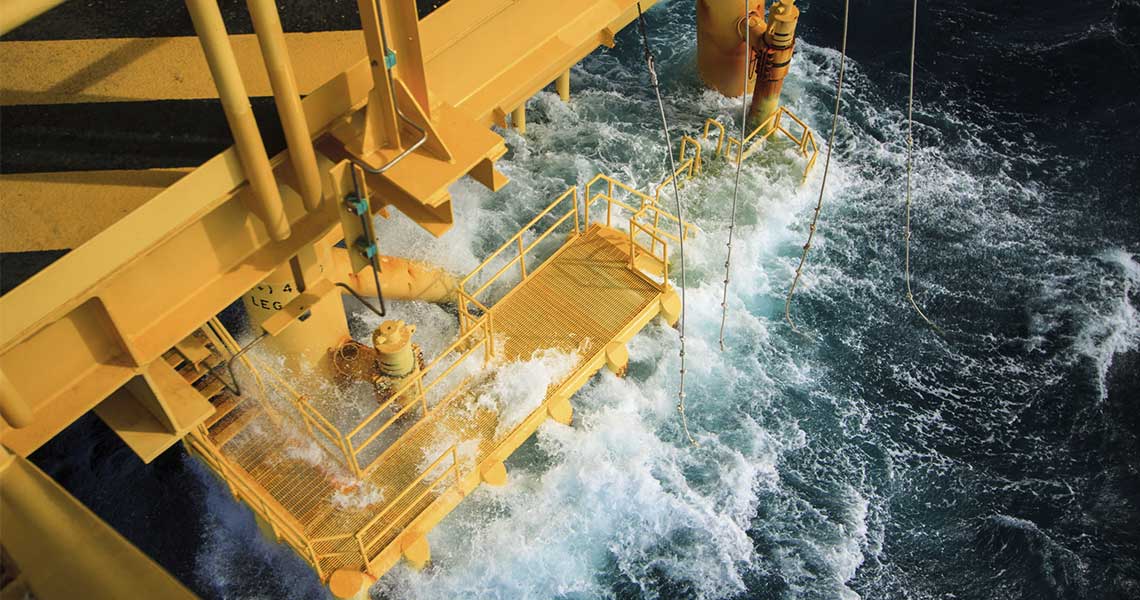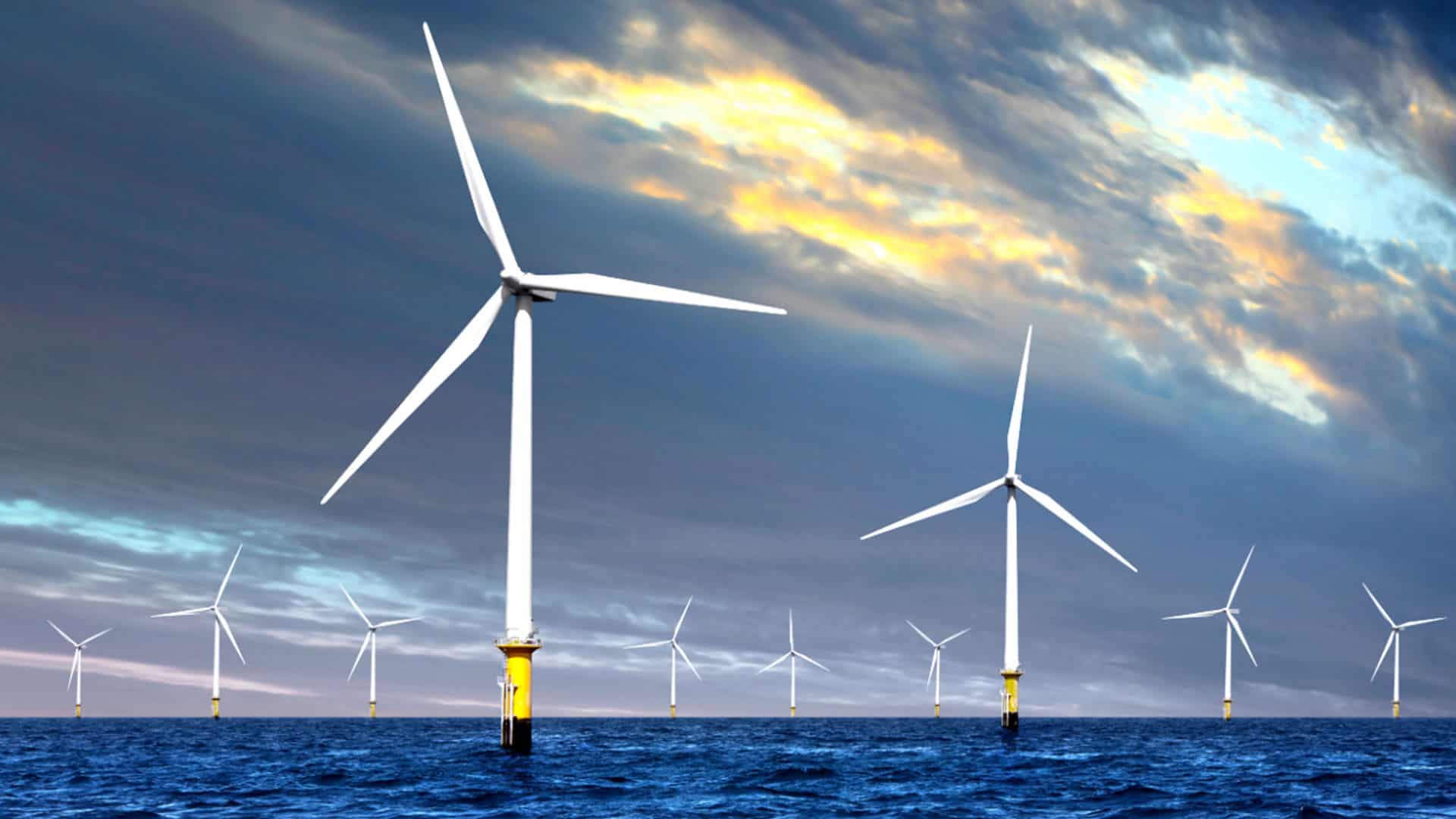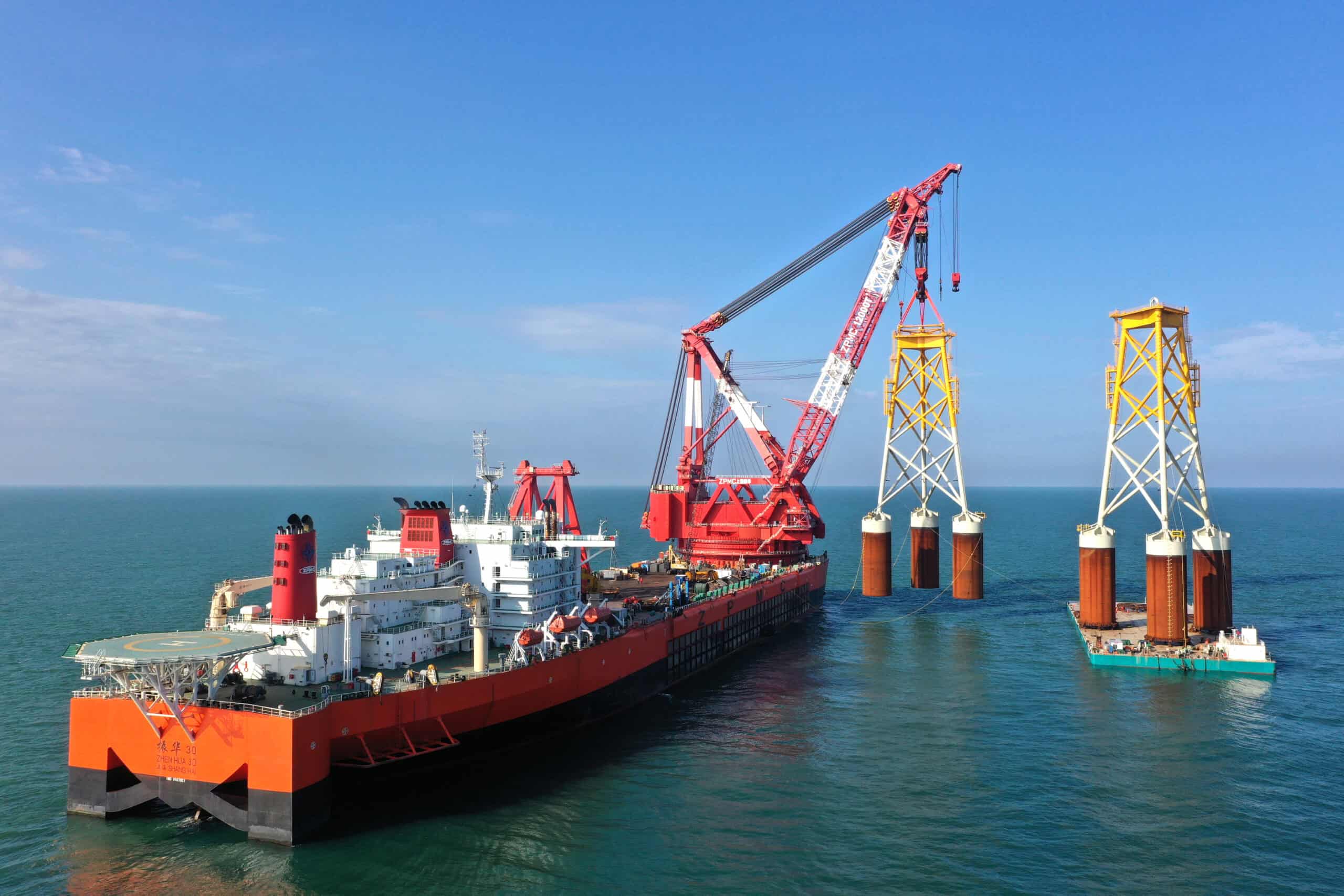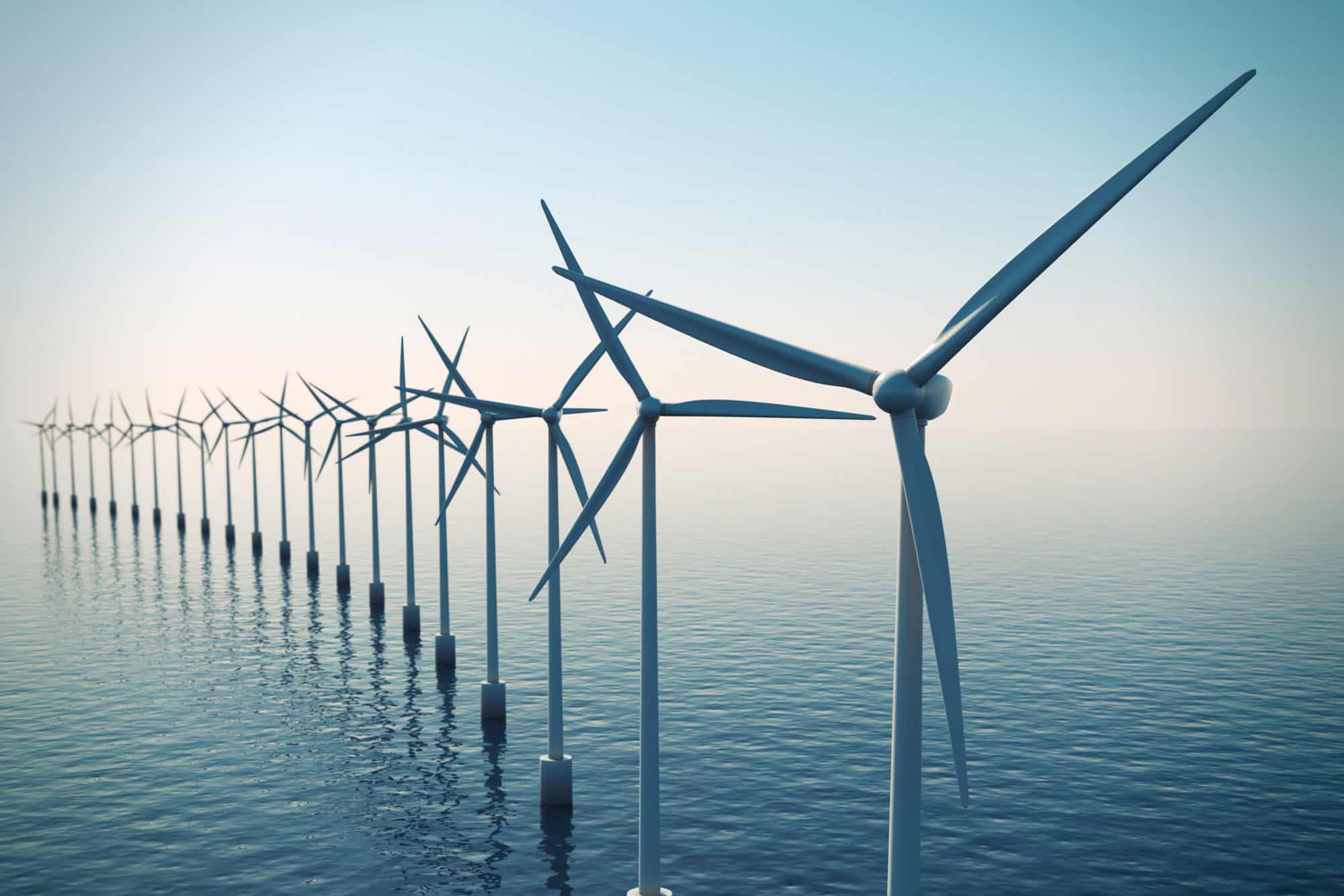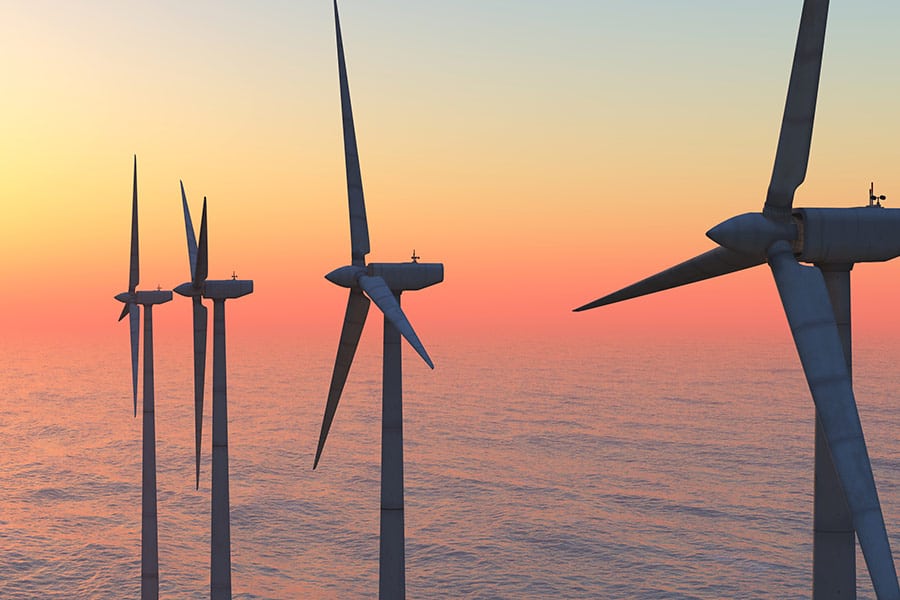Project
Building and transporting heavy platform jackets is a complex process under normal conditions. However, Sapura Energy Berhad had just one year to build three jackets in Malaysia and transport them to Al Shaheed Field, Quatar’s largest offshore oil field. Managed by North Oil Company (NOC), this field includes 33 platforms spread across nine areas. To enhance production capacity, NOC initiated the USD 60 million Al Shaheen Phase 2 project, which involved installing seven new wellhead platforms (WHPs) in two batches. Sapura Energy Berhad, as the engineering, procurement, construction, installation, and commissioning (EPCIC) contractor, was responsible for delivering three WHP jackets, encompassing design, fabrication, transportation, and installation.
The project faced a significant challenge: delivering the WHP jackets within a tight 12-month timeframe. All structures were to be fabricated in Malaysia, and traditional towing methods would require at least 40 days to reach Qatar, leaving only 10.5 months for design and construction. Sapura Energy Berhad was challenged with finding the best way to transport the jackets on time and within budget.
Facts
- Reduced transportation time by over 50%, ensuring the project stayed on schedule.
- Lowered transportation costs by using a single semi-submersible heavy-lift vessel instead of multiple tugs.
- Ensured the safe delivery of structures with minimal risk of submersion or damage.
- Established a new standard for offshore transportation and installation, enhancing future project capabilities.
“Bentley’s MOSES provides a great platform for analysis, having a solution that builds more confidence for every party involved, assuring every aspect of marine resistance, forces, and motions have been taken into account.”
- Mohd Fariq Billah, CEng, Lead Naval Architect
Solution
Sapura Energy Berhad proposed transporting all three barges with the WHP jackets (8,000 metric tons total mass) onboard a large semi-submersible vessel, the OHT Albatross. This vessel, capable of sailing at 10 to 13 knots, would reduce the transit time to just 14 days. The Transportation and Installation Engineering group conducted a detailed study using finite element analysis (FEA) software and MOSES to assess the barge strength, stability, and vessel motion. With the addition of SACS, they modeled the jackets, piles, and barges, and then performed a frequency domain analysis to evaluate the performance of both wider and smaller breadth vessels.
The analysis revealed that a smaller vessel, despite having a lower GM value, offered better stability and reduced dynamic roll angles, making it a safer and more cost-effective option. The sea state during transportation was forecast to consist of wave periods between 8 and 12 seconds with a significant wave height between 4 and 5 meters. A slimmer vessel was the preferred choice due to its favorable seakeeping characteristics in transportation compared to wider vessels. The innovative transportation strategy involved careful vessel ballasting and ensuring the barge overhangs would not submerge during transit. This approach not only saved time but also reduced costs by avoiding multiple tug hires.
Outcome
The successful delivery and installation of the WHP jackets set a new benchmark for Sapura Energy Berhad and NOC. The project demonstrated the effectiveness of using a semi-submersible heavy-lift vessel for transporting large offshore structures, significantly reducing sailing time and costs. This innovative approach has enhanced Sapura Energy Berhad’s reputation and highlighted their capability to undertake similar projects in the future, ensuring safe and efficient delivery of offshore structures.
Software
MOSES
MOSES was used to calculate vessel stability, mobility, and longitudinal strength. MOSES’s finite element analysis capabilities were used to study how the semi-submersible and its cargo would interact with ocean waters from Malaysia to Qatar, allowing Sapura Energy Berhad to choose the optimal barge.
SACS
SACS was used to model jackets and other materials carried by the semi-submersible. These models were then transferred to MOSES, taking advantage of the interoperability of Bentley products.
